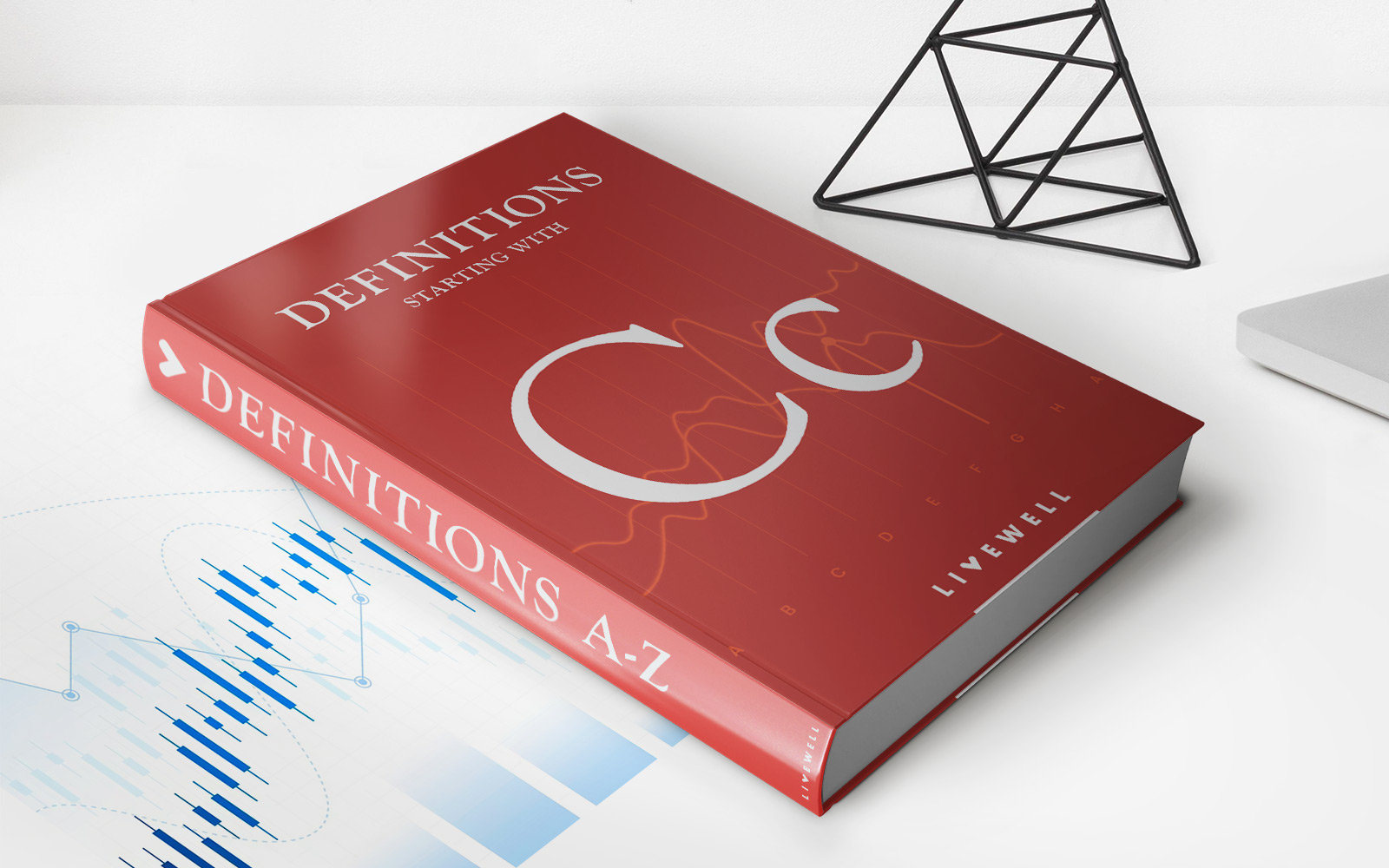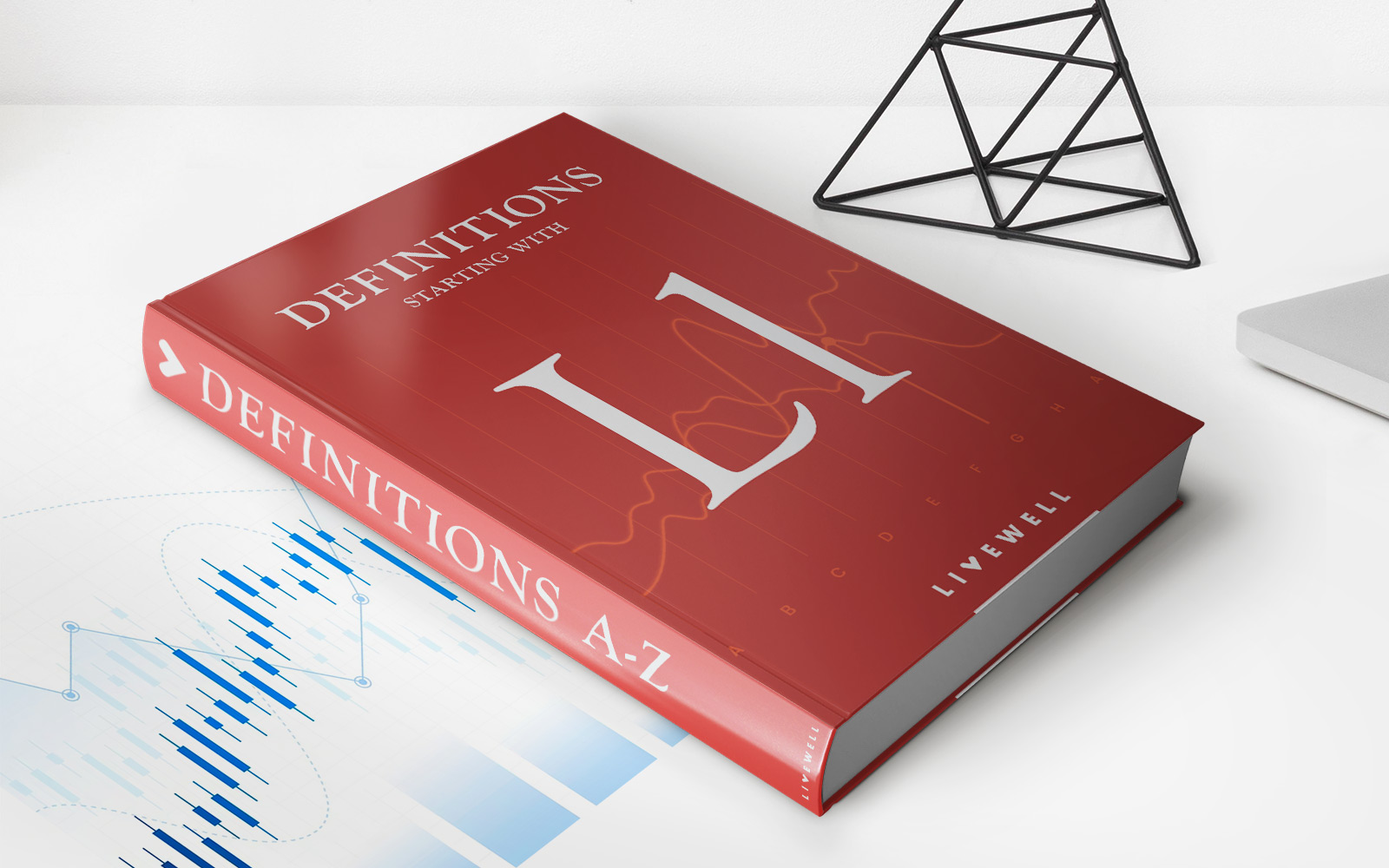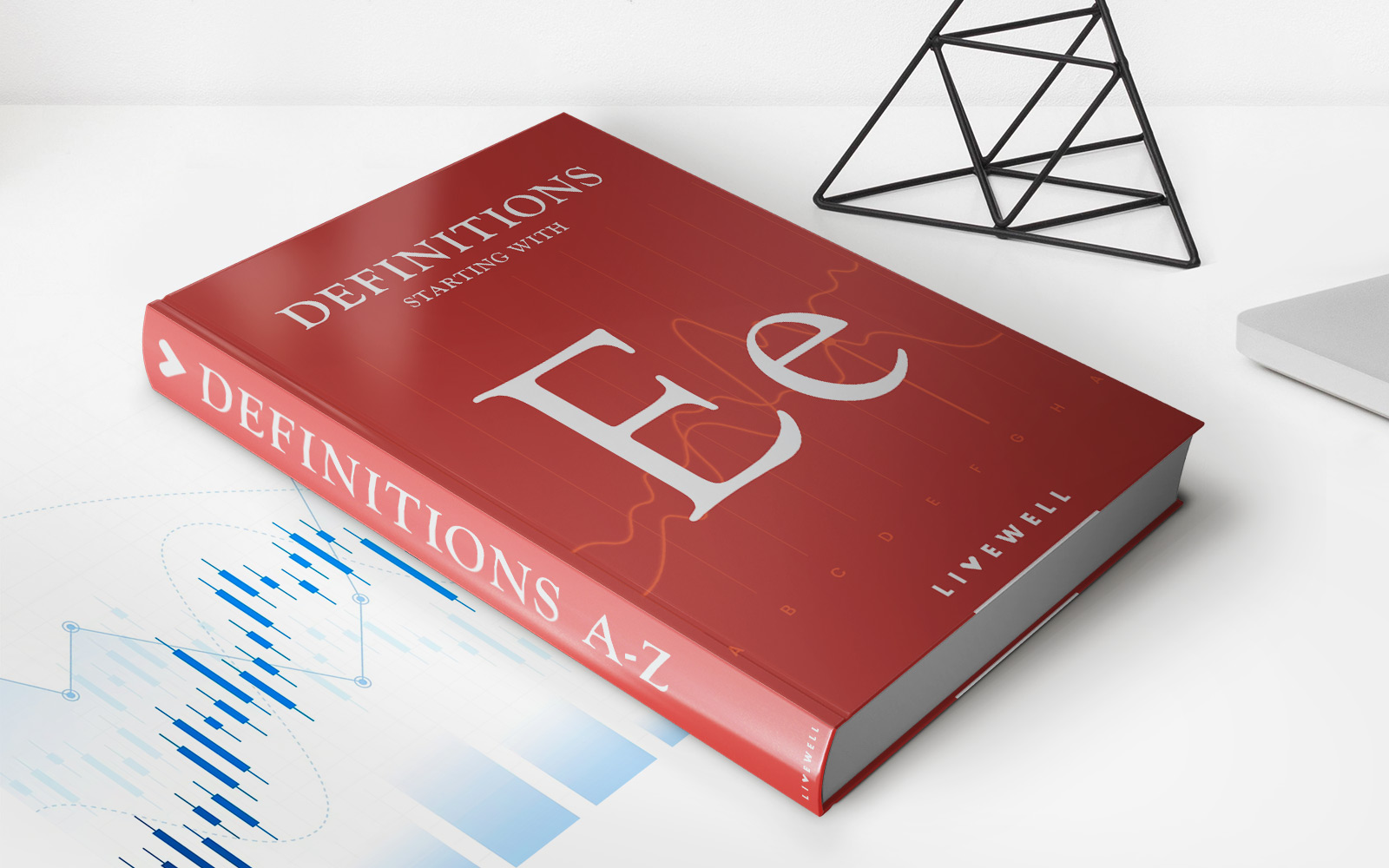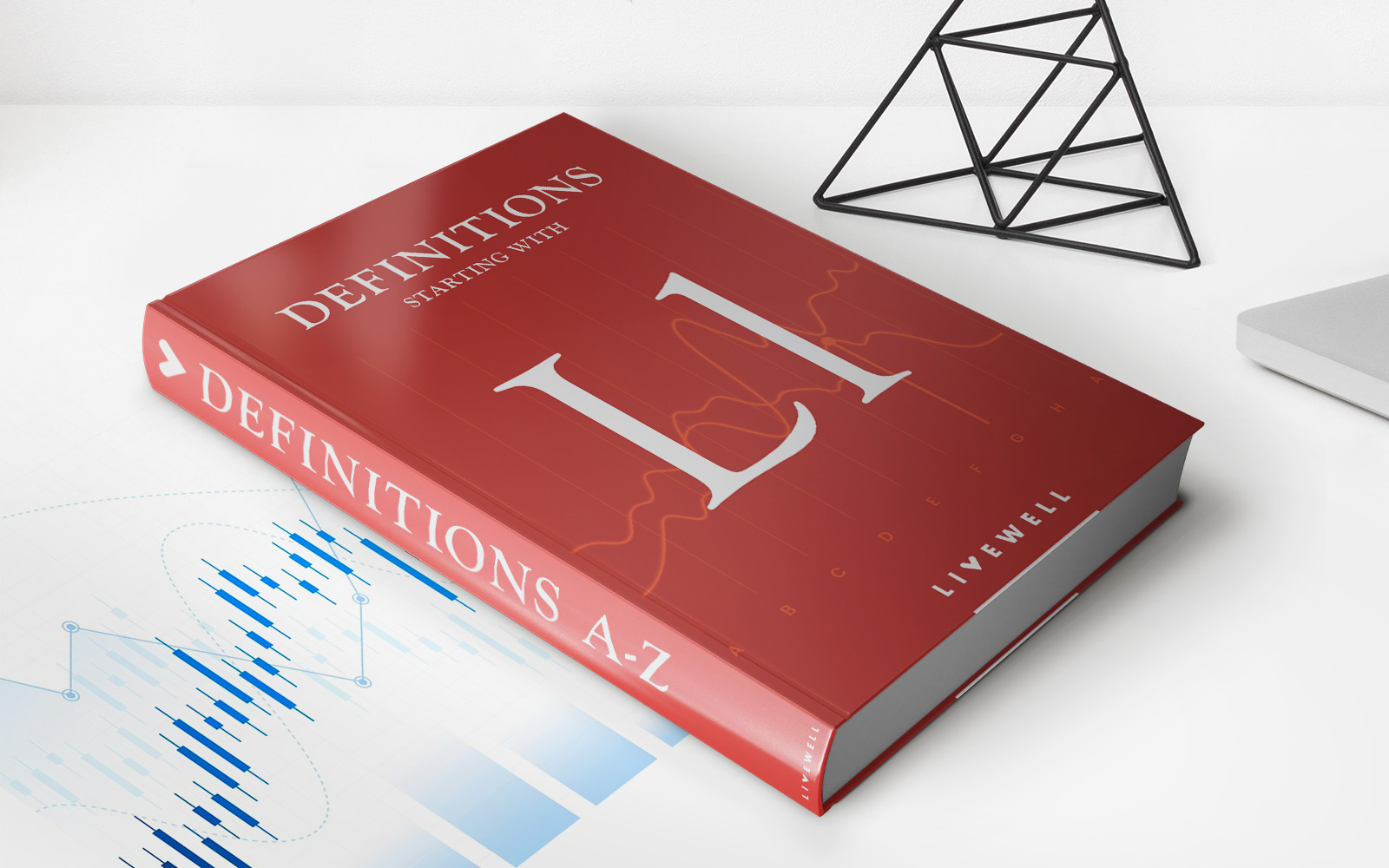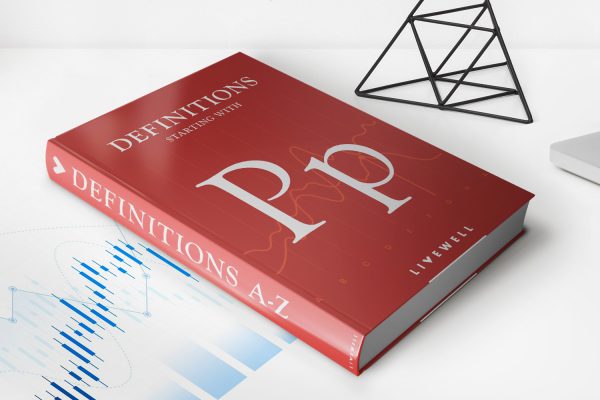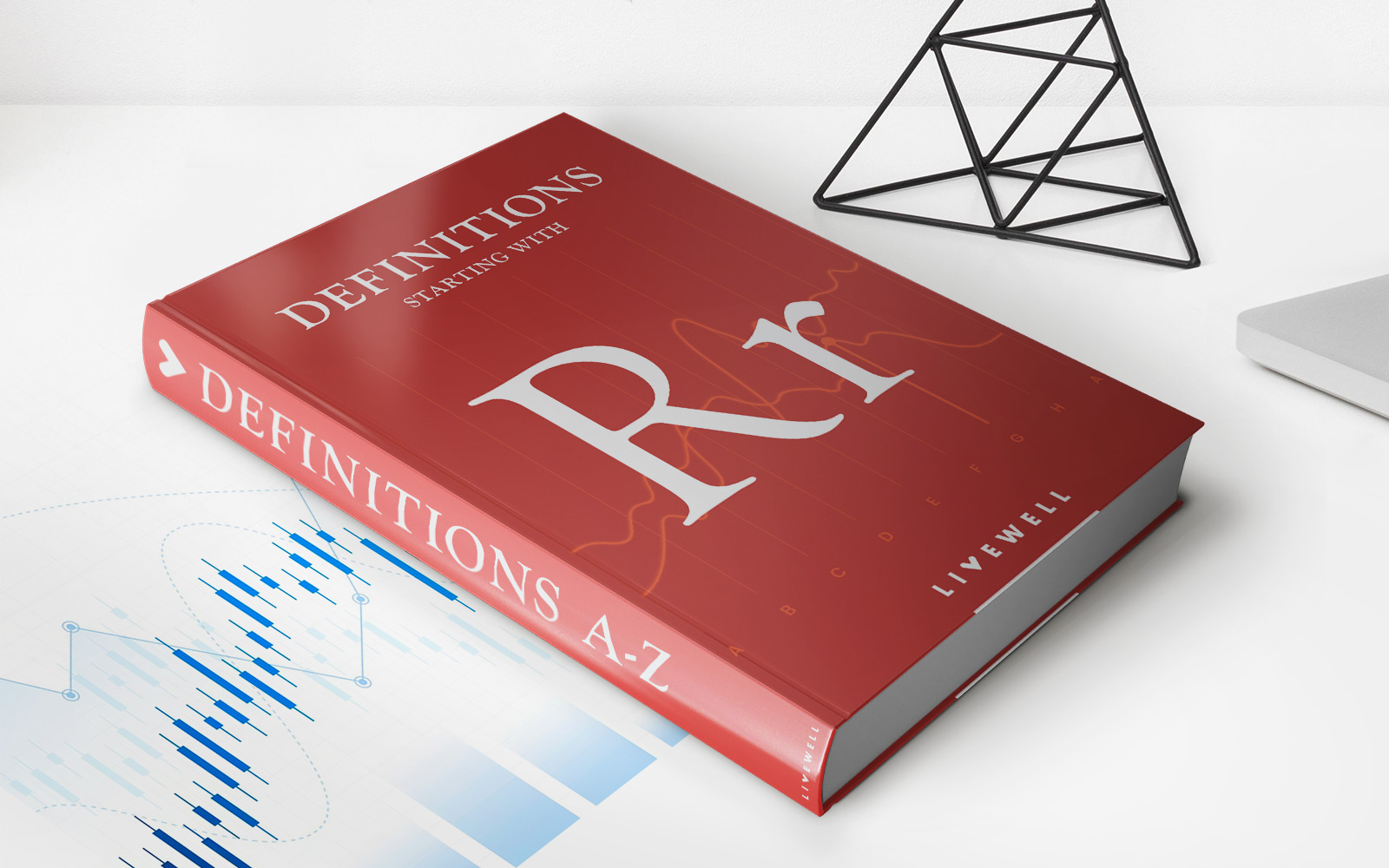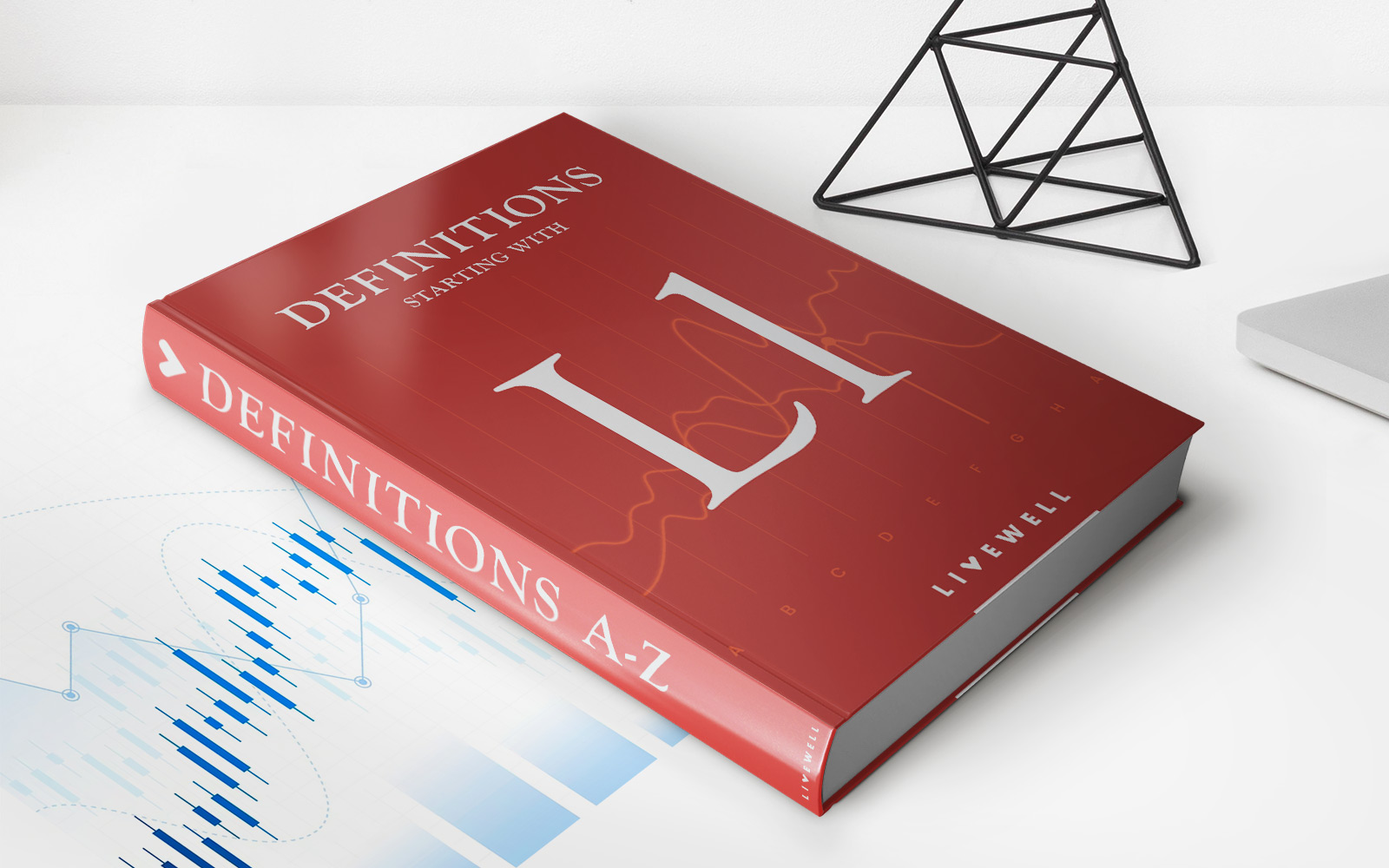Home>Finance>Quiet Period: Definition, Purpose, Violation Examples
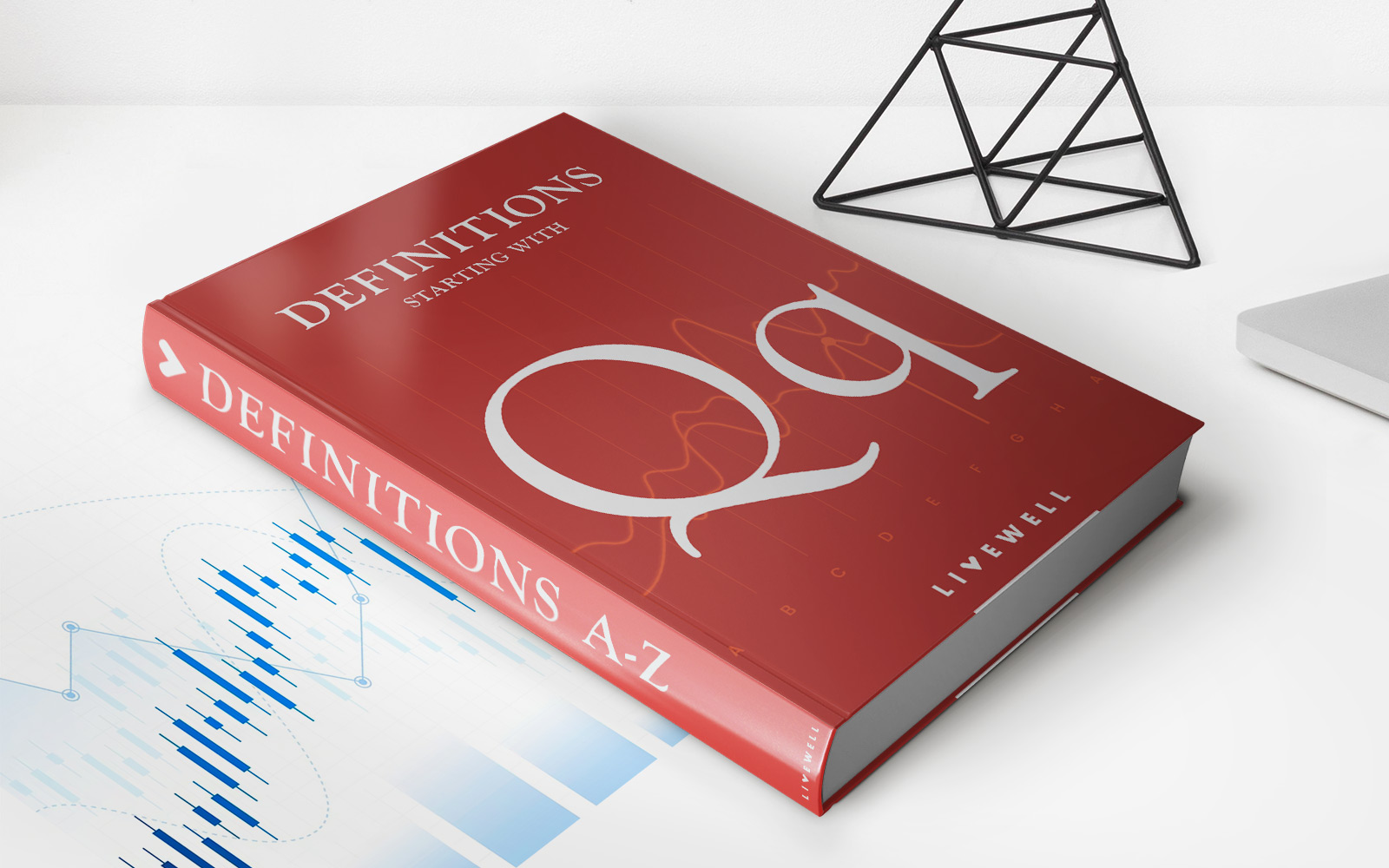

Finance
Quiet Period: Definition, Purpose, Violation Examples
Published: January 15, 2024
Learn about the quiet period in finance, its purpose, and examples of violations. Gain insights into this important aspect of the finance industry.
(Many of the links in this article redirect to a specific reviewed product. Your purchase of these products through affiliate links helps to generate commission for LiveWell, at no extra cost. Learn more)
Understanding the Quiet Period: What You Need to Know
When it comes to the world of finance, there are many terms and concepts that may seem unfamiliar to the average person. One such concept is the “Quiet Period.” You may have heard this term before but might not be entirely clear on what it entails. In this blog post, we will delve into the definition, purpose, and violation examples of the Quiet Period. So, let’s get started!
Key Takeaways:
- The Quiet Period refers to a specific time frame in finance during which a company or organization restricts the release of material information about its operations, financial results, or other important developments.
- The purpose of the Quiet Period is to ensure that all investors have equal access to information, thus reducing the likelihood of insider trading and promoting fair and transparent markets.
What is the Quiet Period?
The Quiet Period, also known as the “Restricted Period” or “Blackout Period,” refers to a specific timeframe during which companies are required to limit the release of any material information about their operations, financial results, or other significant developments. This period typically occurs before an initial public offering (IPO) or certain financial events, such as mergers or acquisitions.
The duration of the Quiet Period varies depending on the regulations and guidelines set by the governing bodies, as well as the specific event or situation that triggers it. This timeframe can last anywhere from a few weeks to several months.
Purpose of the Quiet Period
The primary purpose of the Quiet Period is to ensure fair and transparent markets by providing all investors equal access to important information concerning a company. By restricting the release of material information, the Quiet Period aims to prevent any selective disclosure or preferential treatment of certain investors.
During the Quiet Period, company executives, employees, and other insiders are prohibited from making any public statements or engaging in discussions that could potentially influence the company’s stock price. This restriction helps prevent insider trading and ensures that investors have an equal opportunity to evaluate the company based on the same set of information.
Violation Examples
Violation of the Quiet Period can have severe consequences for both individuals and the company involved. Here are three common examples of Quiet Period violations:
- Unauthorized disclosure of material information: If an executive or employee leaks important information during the Quiet Period, it can result in an unfair advantage for some investors, leading to potential market manipulation and insider trading.
- Public statements or interviews: Making public statements or engaging in media interviews during the Quiet Period can inadvertently release material information or create the perception that undisclosed information exists, which can disrupt the fairness of the market.
- Sharing financial projections or guidance: Providing financial projections or guidance during the Quiet Period can give certain investors an advantage over others, leading to unfair trading practices and potential market manipulation.
It’s essential for companies and their stakeholders to be aware of and comply with the regulations surrounding the Quiet Period to maintain the integrity of the financial markets and ensure fair treatment for all investors.
Conclusion
The Quiet Period is a crucial aspect of the financial world that aims to promote transparency, fairness, and equal access to information. By understanding its definition, purpose, and potential violation examples, investors and companies can navigate this period successfully and contribute to building a more equitable market environment.
